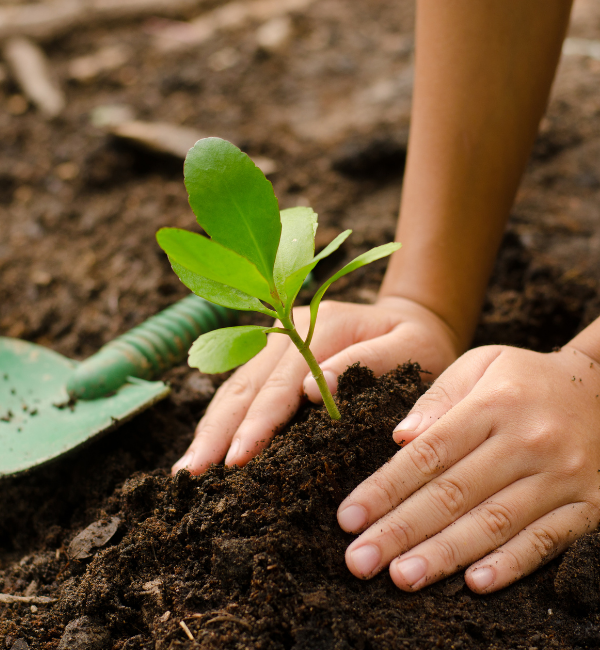Albedo


Students conduct an experiment to explore the albedo effect.
In this activity, students learn about how energy can be absorbed or reflected and how this affects the climate in the Arctic. Students conduct an experiment to illustrate the albedo effect by measuring the temperature difference between a white felt bag (ice) and black felt bag (open ground) when placed under a lamp. At the end of the activity, students participate in a discussion regarding the Albedo-Snow feedback loop.
This activity is an extension of the Climate Change Expedition Lending Library Workshop.
What You Need
Physical Requirements
- A computer and projector are required for a PowerPoint presentation (optional).
- A table near an electrical outlet is required to plug-in the lamp.
Materials
- Lamp
- Black felt pocket
- White felt pocket
- Thermometers (2)
Safety Notes
Ensure you are familiar with Let's Talk Science's precautions with respect to safe delivery of virtual outreach to youth. These precautions can be found in the manual for this activity.
What To Do
- Introduce energy and how it can be absorbed or reflected.
- Discuss how it can affect weather and climate.
- Show a task card (or PowerPoint slide) of a satellite photo of the Arctic.
- The white portions indicate snow.
- The black portions indicate open ground.
- Write the definition of Albedo on the classroom board: (↑ albedo = ↑ reflection).
- Show the diagrams of high and low albedo on the task cards (or PowerPoint slides).
- Place a thermometer inside pockets made of either black or white felt. Tell students that at the end of the class, they are going to see which pocket is warmer (absorbed more heat).
- Have the students make a prediction about which colour pocket will have the higher albedo (reflect heat well) or lower albedo (absorbs heat well) effect. Write the prediction on the classroom board.
- Select students to come up to the front of the classroom to help you set up the experiment.
- The lightbulb should be 3-5 cm above the pockets.
- Place the bulb of the thermometer directly below the lightbulb in the pocket.
- Have a few students record the initial temperature inside each pocket (write on classroom board).
- It will take around 5 minutes to see a slight change in temperature and 10-15 minutes to see a large change.
- Review the term albedo and ask the class what they think the white and black felt represents.
- Invite students to observe and record the temperature inside each pocket.
- Review their predictions - were they right?
- Ask them which colour absorbed the most heat and what that means in terms of high or low albedo.
- Discuss how this is related to the ice in the Arctic.
- Show the Albedo-Snow feedback loop on a task card (or PowerPoint slide).
Discovery
The albedo effect describes the reflecting power of a surface. Surfaces that are very reflective, such as a white surface, are considered to have a very high albedo. Surfaces that are very dark, such as water or black tarmac, have extremely low albedo. This means that they absorb much of the heat that hits them.
In this workshop, the white felt bags represent ice and the black felt bags represent open ground. Students should observe that the black felt bag is warmer than the white felt bag. In the Arctic, as ice melts, it creates more open ground and water that allows more heat to be absorbed and thus melts more ice. This creates a positive feedback loop, in which the response becomes stronger over time.
The Arctic plays a crucial role in global temperature regulation. Arctic Sea ice cools the Earth by reflecting energy from the sun. The Albedo-Snow positive feedback loop is another example of the effects of climate change and a reason behind the acceleration of melting Arctic Sea ice.
Refer to the Climate Change Expedition Manual for additional activities regarding Arctic data collection and climate change.
Climate Change Expedition Manual (for reference)
Climate Change Expedition PowerPoint (for reference)
What's Happening?
The albedo effect describes the reflecting power of a surface. Surfaces that are very reflective, such as a white surface, are considered to have a very high albedo. Surfaces that are very dark, such as water or black tarmac, have extremely low albedo. This means that they absorb much of the heat that hits them.
In this workshop, the white felt bags represent ice and the black felt bags represent open ground. Students should observe that the black felt bag is warmer than the white felt bag. In the Arctic, as ice melts, it creates more open ground and water that allows more heat to be absorbed and thus melts more ice. This creates a positive feedback loop, in which the response becomes stronger over time.
Why Does it Matter?
The Arctic plays a crucial role in global temperature regulation. Arctic Sea ice cools the Earth by reflecting energy from the sun. The Albedo-Snow positive feedback loop is another example of the effects of climate change and a reason behind the acceleration of melting Arctic Sea ice.
Investigate Further
Refer to the Climate Change Expedition Manual for additional activities regarding Arctic data collection and climate change.
Resources
Climate Change Expedition Manual (for reference)
Climate Change Expedition PowerPoint (for reference)